Scroll to explore the events of Stephen Hawking’s life
Swipe to explore the events of Stephen Hawking’s life
(opens in a new window)

Timeline of Stephen Hawking's life
-
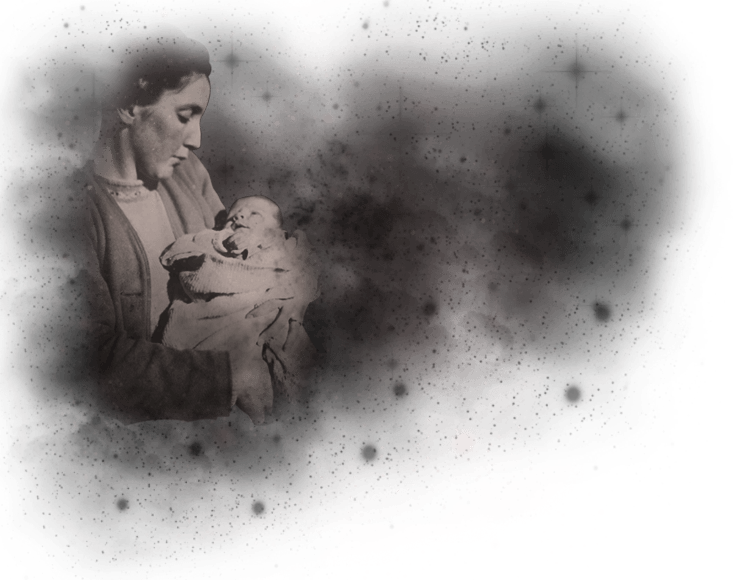
1942
Hawking is born 8th January 1942, in Oxford, 300 years after the death of Galileo.
The family home is in North London but his mother moves to Oxford for the birth - Oxford was felt a safer place to be during the war than London.
His parents, Frank Hawking (parasitologist) and Isobel Hawking, were both Oxford graduates.
Hawking is the eldest of three: Philippa, Mary and one adopted brother, Edward.
-
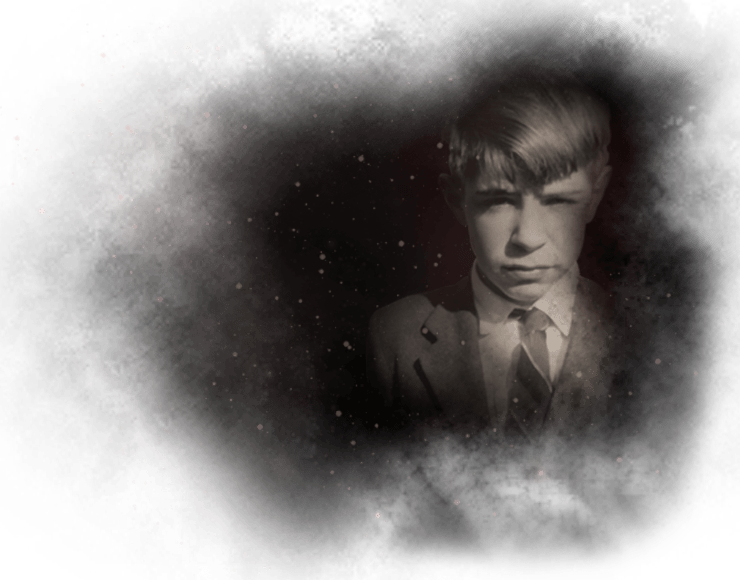
1953
Hawking attends St Albans School (1953-59) and is inspired by mathematics teacher Dikran Tahta
-
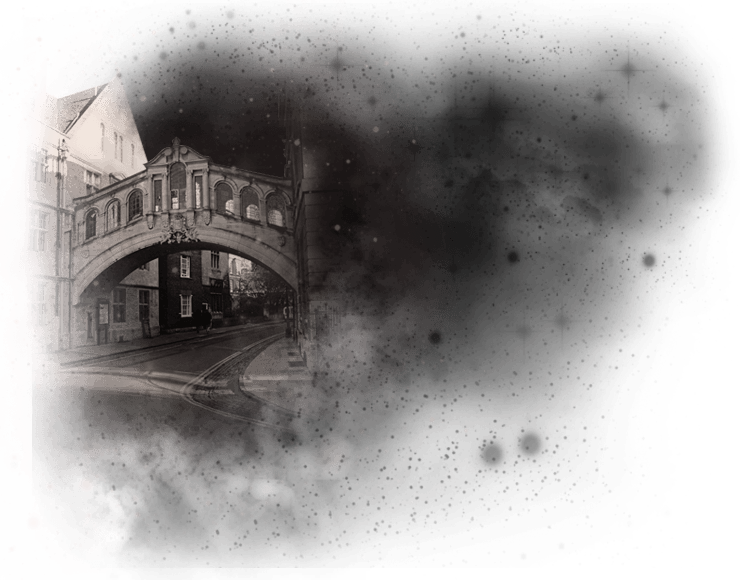
1959
Hawking attends Oxford University, a year early aged 17, having won a scholarship. He specialises in physics and secures a first class honours degree in Natural Science.
He is one of only four physics students and becomes good friends with Gordon Berry, who recalls Hawking’s ‘spontaneous humour’ and that he was always a ‘standout person of intellect’ (source: ‘Hawking’ documentary, 2013).
Adventurous and active, Hawking coxes an Oxford rowing team to inter-college competition level.
-
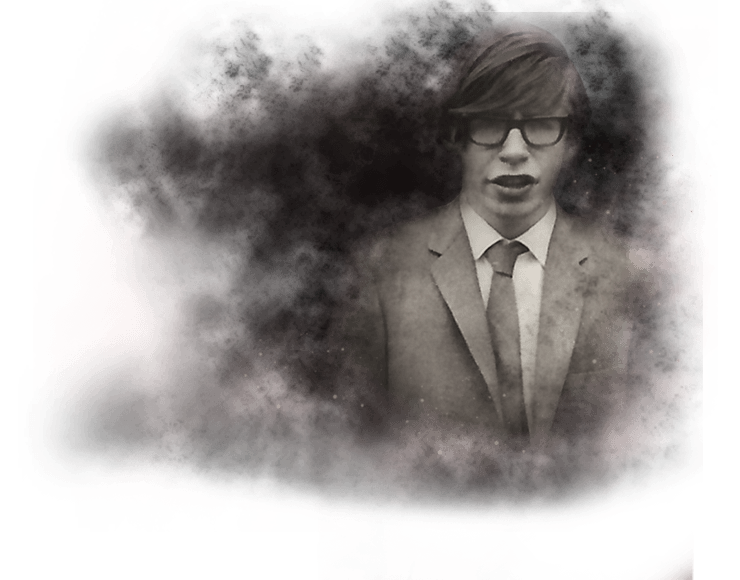
1962
Hawking starts a doctorate in Cosmology at Cambridge University. His supervisor is Dennis Sciama.
-
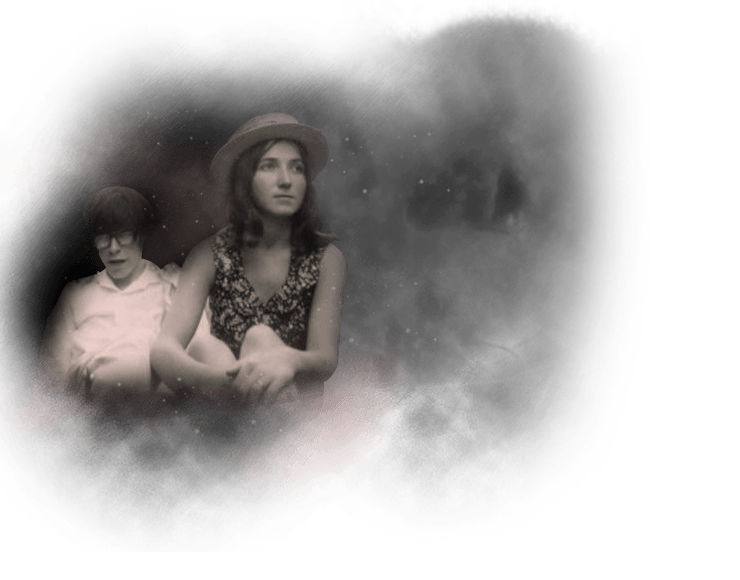
1963
Hawking meets Jane Wilde, a foreign languages student, at a New year’s Eve party, shortly before his medical diagnosis
-

1963
Soon after his 21st birthday in January, after recognising his increasing clumsiness and occasional slurring of speech, Hawking undergoes a fortnight of invasive medical tests. He is diagnosed with Amyotrophic Lateral Sclerosis (ALS), a form of Motor Neurone Disease, and given two to three years to live.
‘The whole family went to pieces’, recalls his sister Mary, pictured. (Source: ‘Hawking’ documentary, 2013).
-
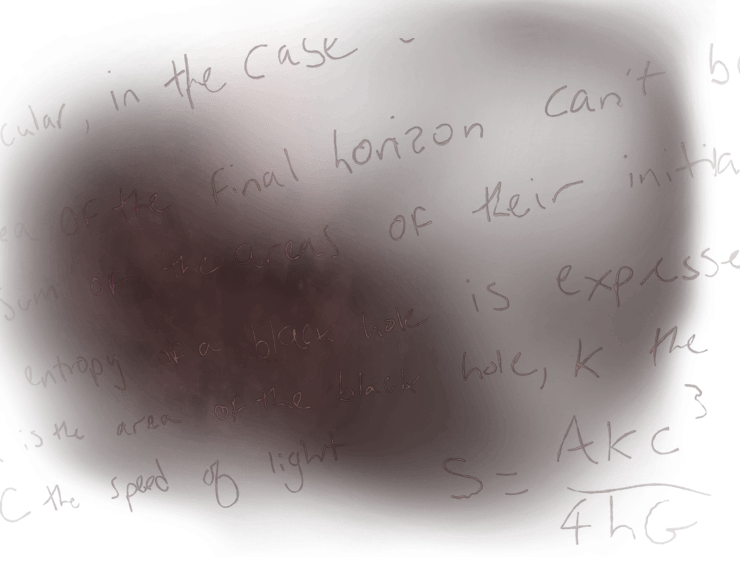
1965
Hawking reads Roger Penrose’s singularity theorem for black holes
-
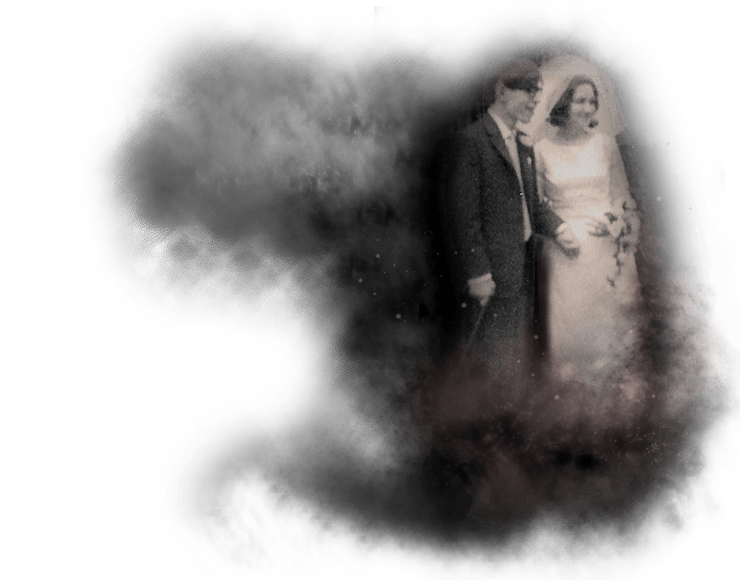
1965
Hawking begins a research fellowship at Gonville and Caius College, Cambridge.
In July Hawking marries Jane Wilde, who he had met shortly before his diagnosis two years previously.
-
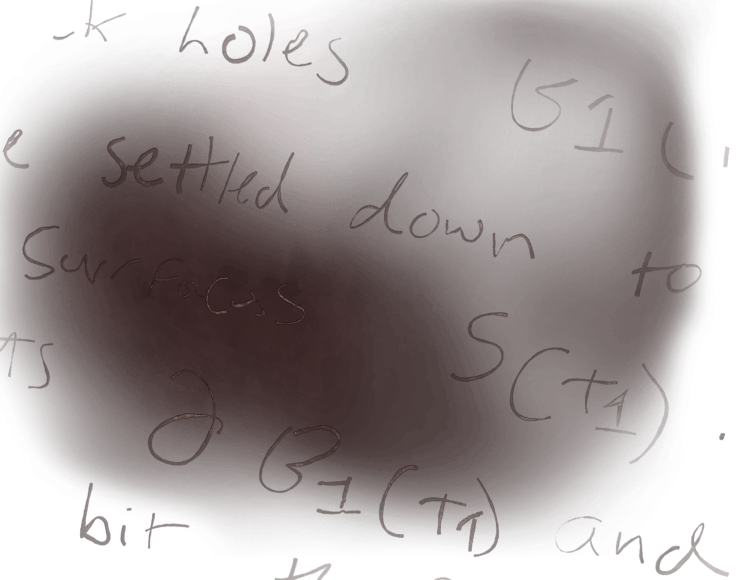
1966
In March, Hawking completes his PhD thesis.
Hawking starts collaborating with mathematician Roger Penrose (Birkbeck, London). They state the Big Bang is the only possible start to the Universe.
Hawking’s essay ‘Singularities and the Geometry of Space-Time’ shares top honours with a work by Penrose to win the 1966 Adams Prize.
(The annual Adams Prize is awarded by the Faculty of Mathematics at the University of Cambridge and St John's College to a young, UK based mathematician for first-class international research in mathematics.)
-
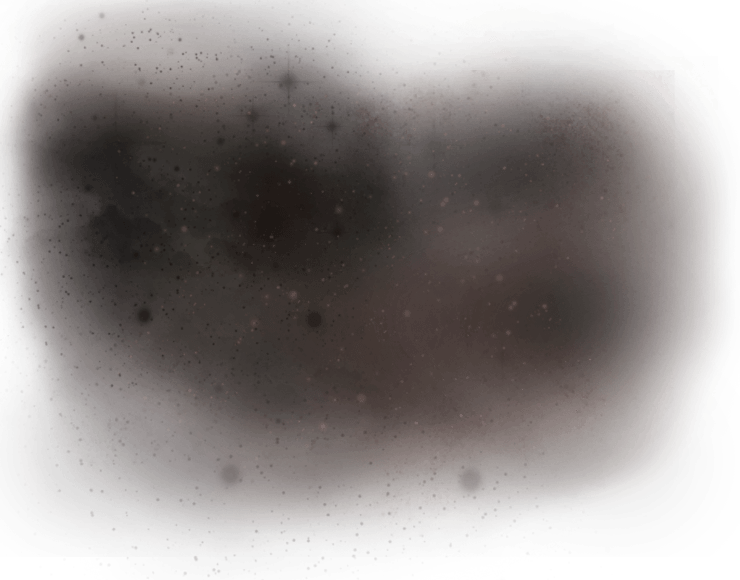
August 1967
Hawking’s son Robert is born
-
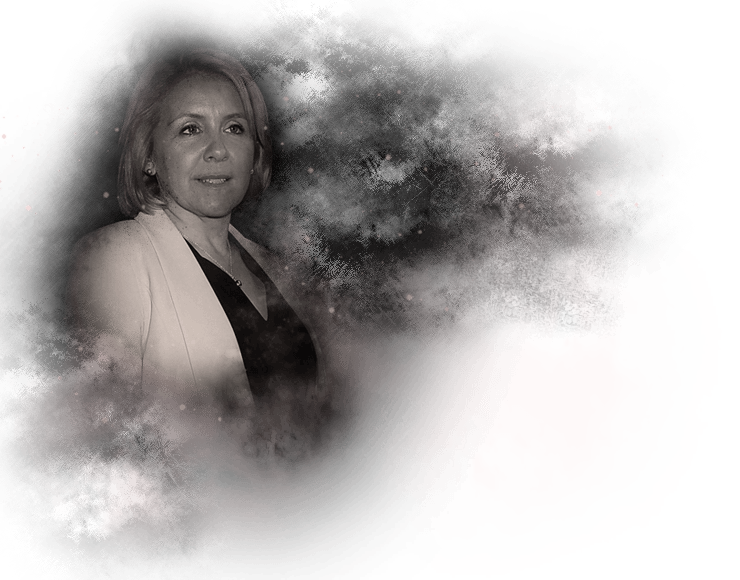
November 1969
Hawking’s daughter Lucy is born
-

1970
Hawking and Roger Penrose use black hole theory to explain the universe did begin from a singularity
-
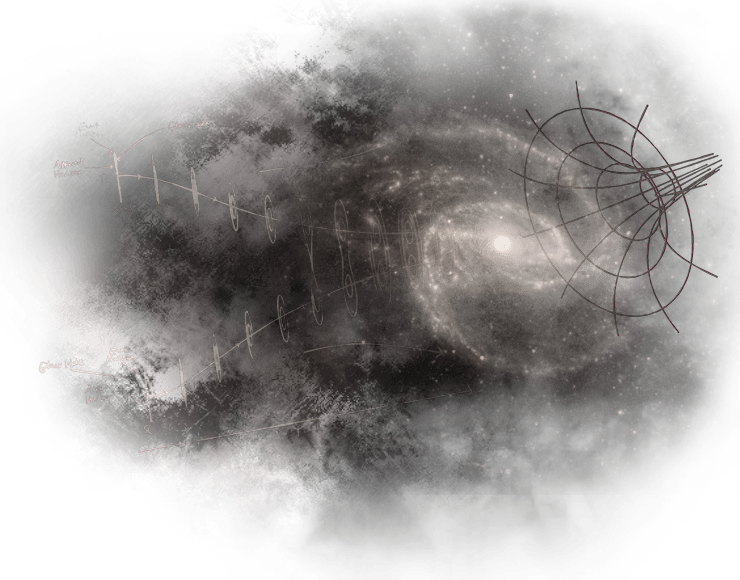
1971
Hawking’s essay ‘Black Holes’ wins the Gravity Research Foundation Award
-

July 1972
Physicists (generally) agree that Cygnus X-1 is an example of a black hole
-

1973
Hawking visits Moscow. Russian scientists Yakov Zeldovich and Alexei Starobinsky show that rotating black holes should create and emit particles, following the quantum mechanical uncertainty principle.
With incredulity, Hawking discovers that black holes can emit energy and particles and even explode. The black hole could disappear. Eventually his controversial discovery becomes accepted and known as ‘Hawking radiation’.
He leaves the Institute of Astronomy this same year.
-
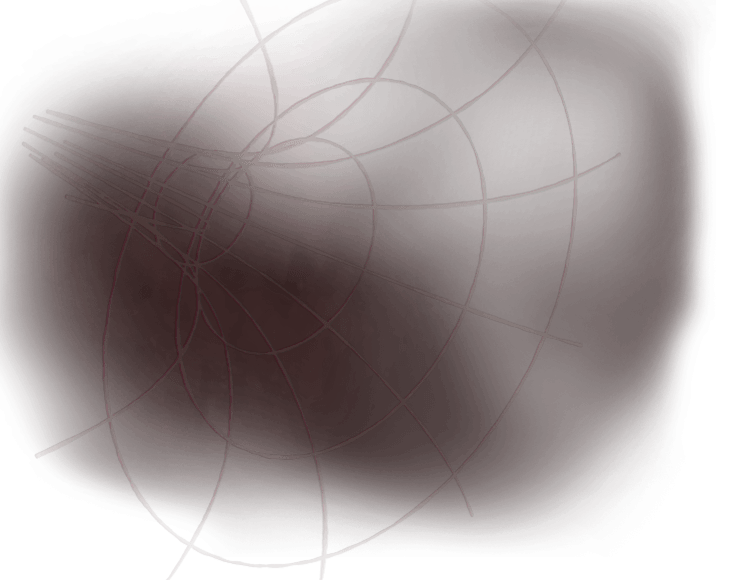
1974
This is the quantum phase of Hawking’s career.
In March, Hawking’s piece ‘Black Hole Explosions?’ is published in Nature - his first big contribution.
In May, he is made a fellow of the Royal Society. (The Fellowship is ‘is made up of the most eminent scientists, engineers and technologists from the UK and the Commonwealth’ - The Royal Society).
-

1977
Hawking becomes a professor.
This same year, his wife Jane becomes good friends with choirmaster and widower Jonathan Hellyer Jones. Jonathan becomes a regular in the Hawking household.
-

1979 (part 1)
Hawking’s son Timothy is born
-
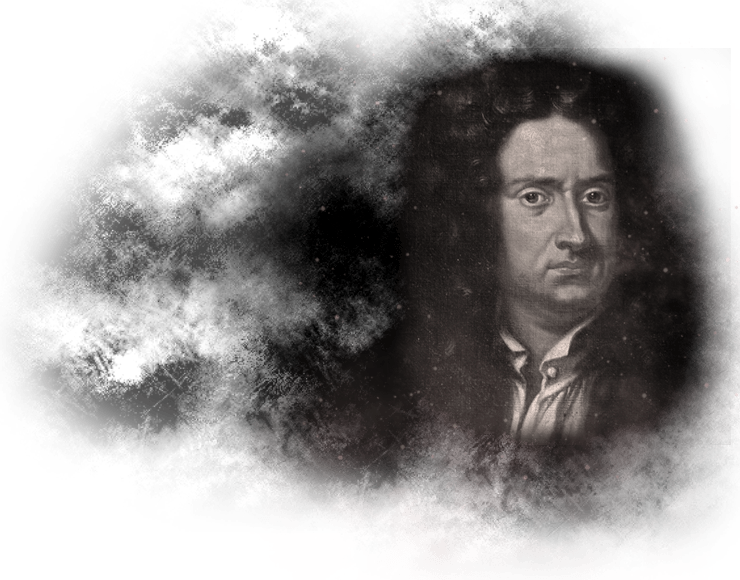
1979 (part 2)
Hawking joins the Department of Applied Mathematics and Theoretical Physics at Cambridge.
He is Lucasian Professor of Mathematics from 1979 until 2009. The position had been held in 1669 by Isaac Newton.
At his inauguration the following year (1980), Hawking delivers a controversial speech: ‘Is the End in Sight for Theoretical Physics?’
-

1980
A debilitating cold necessitates part-time nursing care for Hawking
-
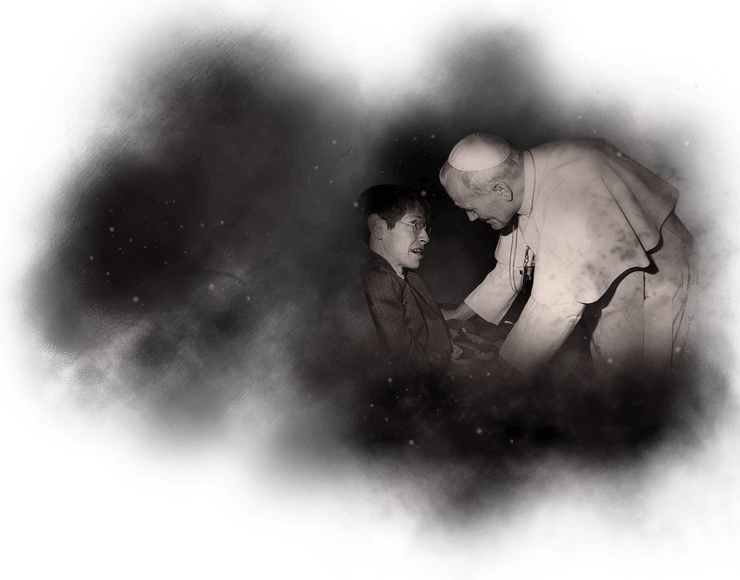
1981
At the Vatican conference in September 1981, Hawking unveils preliminary work on the no-boundary proposal
-
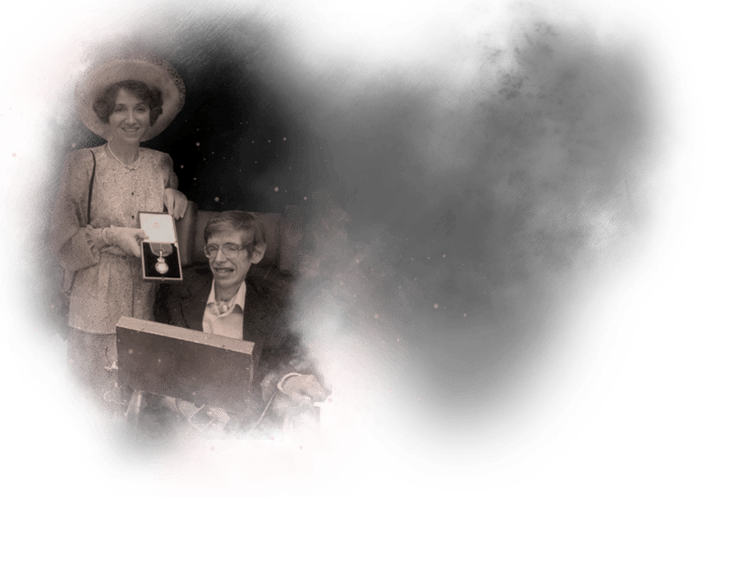
1982 (part 1)
Hawking receives a CBE
-
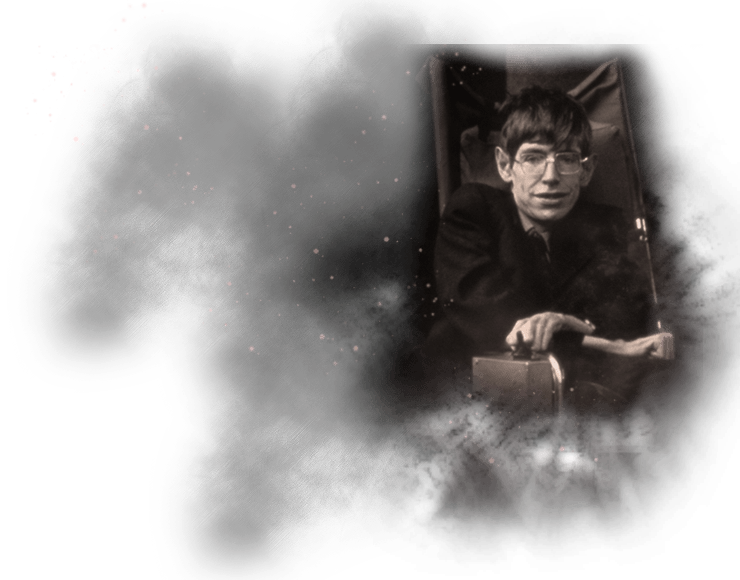
1982 (part 2)
Hawking gives Loeb lectures at Harvard and is inspired to start writing ‘A Brief History of Time’
-

July 1982
Hawking and Gary Gibbons host the Nuffield Workshop on The Very Early Universe.
In late summer 1982, Hawking and Jim Hartle at the Institute of Theoretical Physics, University of California, Santa Barbara (UCSB) work on the no-boundary proposal.
-

1983
Hawking and Jim Hartle submit the ‘Wave function of the Universe’. The controversial and influential paper is published in Physical Review D.
-

1984
The first draft of ‘A Brief History of Time’ is complete
-

1985 (part 1)
Hawking develops pneumonia. His trachea is removed and he now needs full-time nursing care. Elaine Mason is part of the nursing team. She will become his second wife in 1995.
For a speech synthesizer he uses a desktop computer programme called Equalizer. David Mason, a computer engineer and husband of Elaine, adapts the computer and attaches it to Hawking’s wheelchair. Communication becomes possible...
This same year, Jane reveals to Stephen that she and choirmaster Jonathan Hellyer Jones have become romantically involved.
-
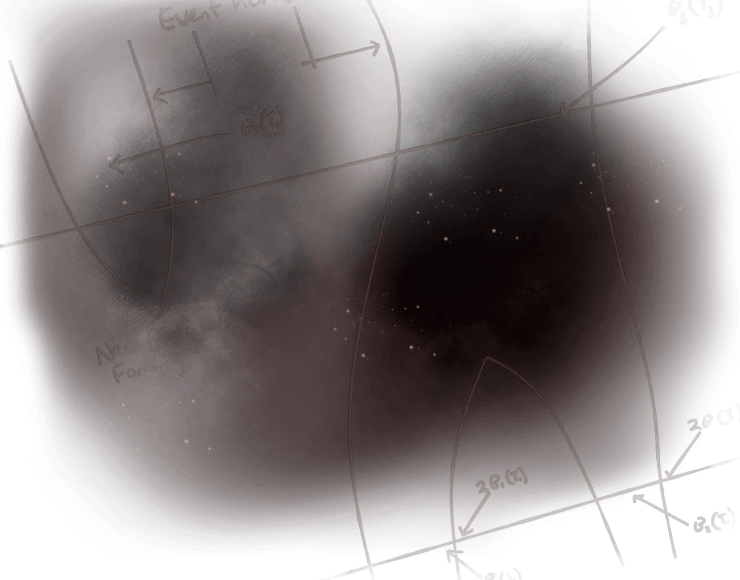
1985 (part 2)
Hawking receives the Gold Medal from the Royal Astronomical Society.
‘The Arrow of Time in Cosmology’ is submitted to Physical Review D. Don Page and Raymond LaFlamme convince Hawking that his controversial result (entropy would decrease in a contracting universe) might be wrong.
-

1986 - Present
Hawking tries to find a Unified Theory
-
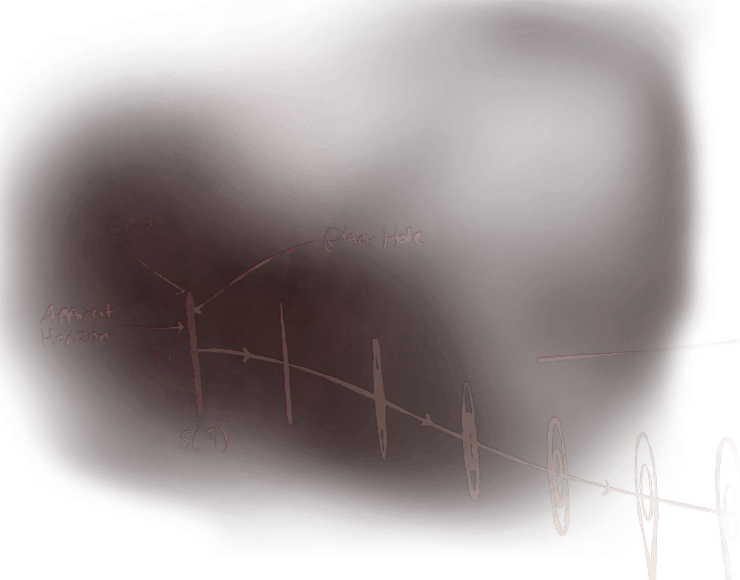
1988
‘A Brief History of Time’ is first published to critical acclaim. It becomes an international best seller. To date (2013) over 10 million copies have been sold worldwide.
-

1989
Hawking is made a Companion of Honour. The Order of the Companions of Honour is conferred on men and women for recognised services of national importance.
-
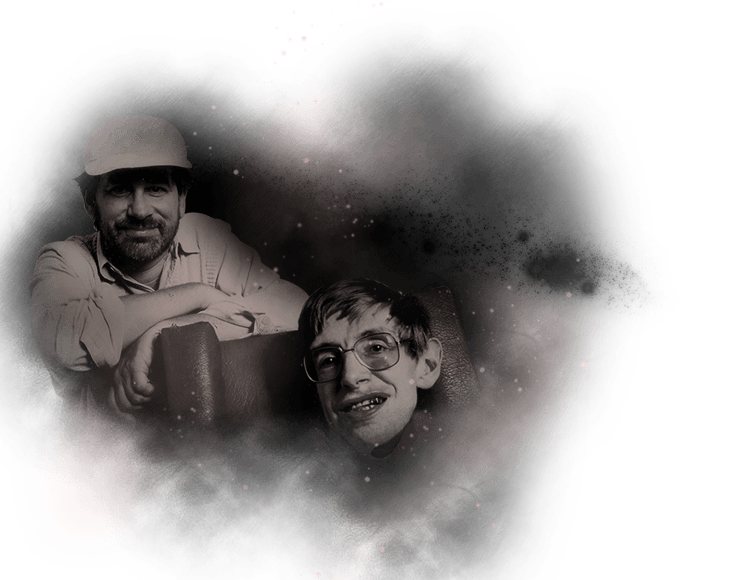
1990 (part 1)
Steven Spielberg teams up Errol Morris with Hawking to make the TV film of ‘A Brief History of Time’
-

1990 (part 2)
Hawking receives an honorary degree from Harvard University
-
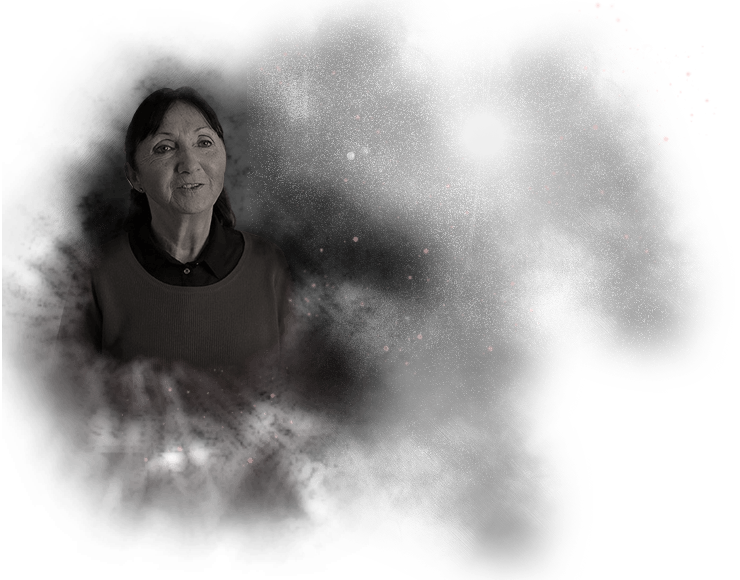
1991
Hawking and Jane file for divorce, having separated the previous year
-

1992
Hawking and Elaine buy a town house in Cambridge
-

1993
‘Black Holes and Baby Universes’ is published
-
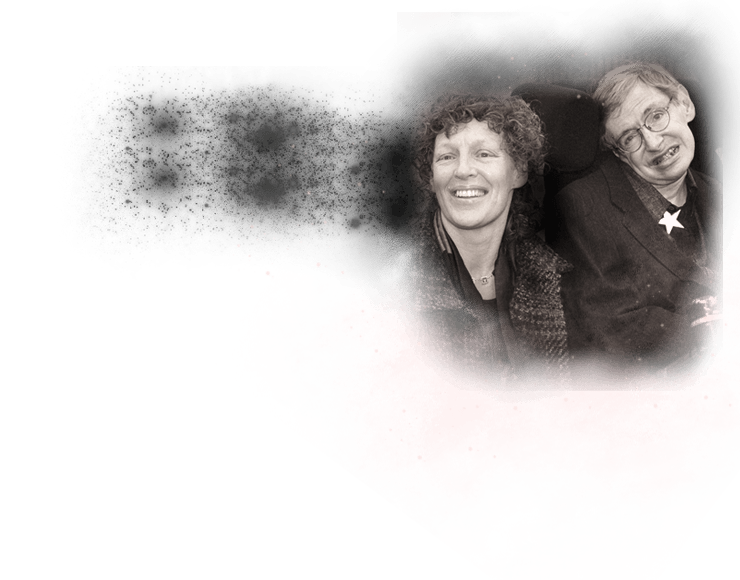
1995
Hawking and Elaine Mason marry. They stay together for 11 years before divorcing in 2006.
Right: Hawking and Elaine pose for a photograph in 2002 while attending a symposium to mark his 60th birthday at the University of Cambridge.
-

1998
‘Stephen Hawking's Universe: The Cosmos Explained’ is published
-

2001
‘The Universe in a Nutshell’ is published, covering quantum mechanics, time travel, black holes, uncertainty theory and the 'theory of absolutely everything'...
-

September 2002
‘On the Shoulders of Giants’ is published. Hawking explains how Einstein, Copernicus, Galileo, Kepler and Newton changed the course of science.
-

2004 (part 1)
Hawking announces he has solved the black hole information paradox at a conference in Dublin. (More info on the New Scientist website (opens in a new window)). He revises his idea from a decade previously and now states that, contrary to what he believed previously, black holes may allow information to get out. (Story on BBC News website (opens in a new window))
In November Hawking joins a protest tribute to the Iraqi dead and says in his speech that the Iraq war ‘has been a tragedy for all the families. If that is not a war crime, what is?’ He reads out the names of Iraqi civilians who had died.
-
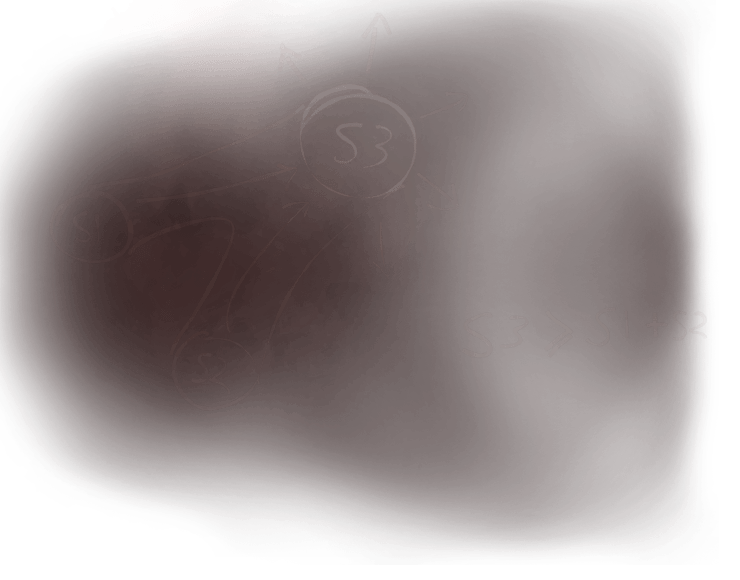
2004 (part 2)
At the British Comedy Awards 2004, Hawking is presented with a toy version of himself in Simpson form by Matt Groening. Hawking gives Groening a lifetime achievement award.
Hawking has made several guest appearances in The Simpsons.
-

2006
Hawking and Elaine file for divorce, 11 years after their marriage in 1995
-

2007 (part 1)
Hawking establishes the Centre for Theoretical Cosmology (CTC).
‘The CTC exists to develop theories of the Universe which are both mathematically consistent and observationally testable’ - Stephen Hawking.
-
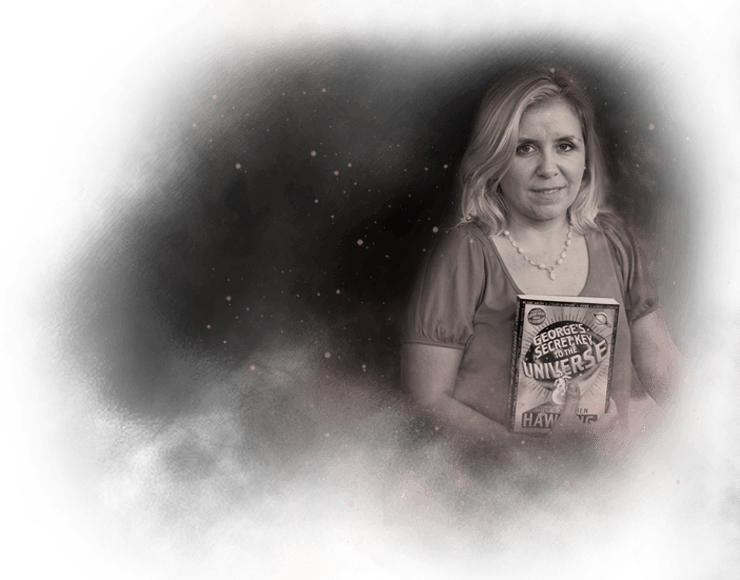
2007 (part 2)
Hawking and his daughter Lucy publish ‘George's Secret Key to the Universe’, a children's book explaining theoretical physics. The book is followed by sequels in 2009 and 2011.
-
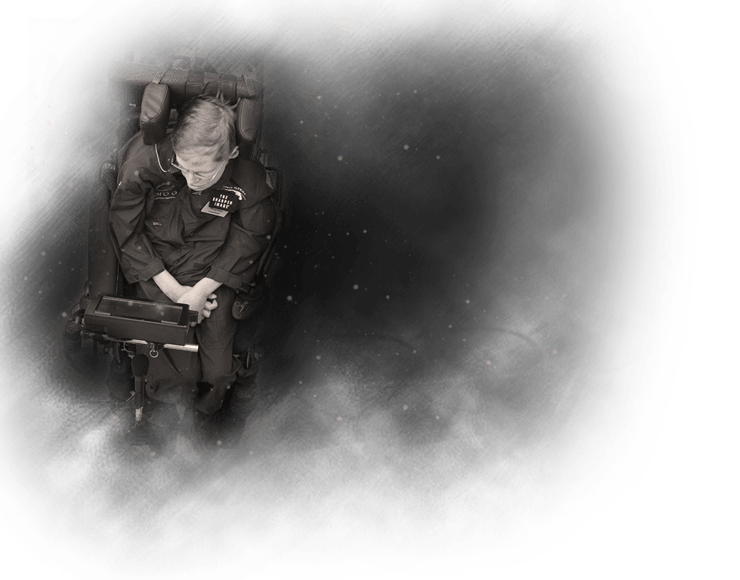
2007 (part 3)
At the age of 65, the astrophysicist experiences weightlessness. Hawking takes off from the shuttle's runway at Kennedy Space Center, Florida, in a modified jet that dives through the sky to give passengers an experience of zero gravity. Hawking is accompanied by his medical team on the padded plane. At the press conference beforehand he says ‘I have been wheelchair-bound for almost four decades and the chance to float free in zero G will be wonderful.’
-
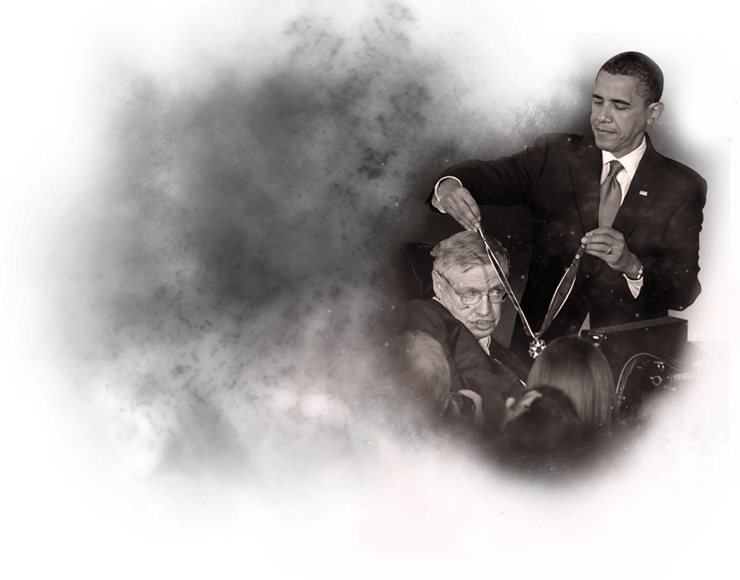
2009
Hawking is awarded the Medal of Freedom by President Obama
-
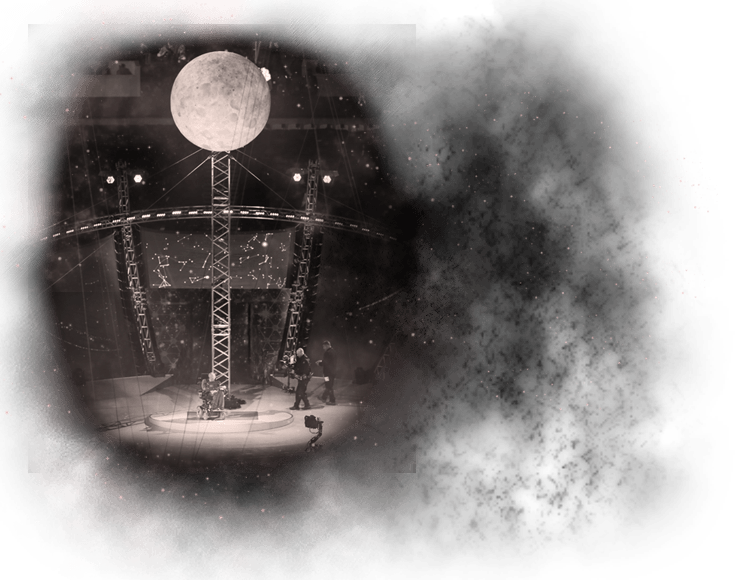
2012
Hawking narrates the Enlightenment segment of the 2012 Summer Paralympics opening ceremony
-
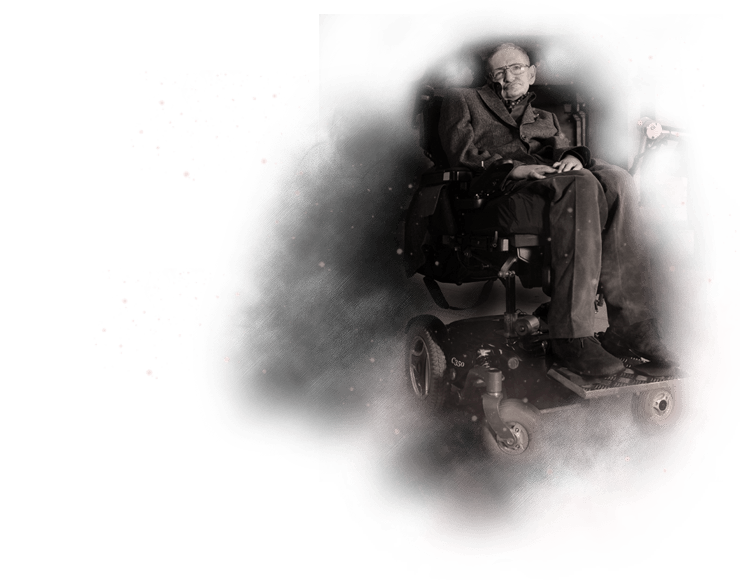
2013
Hawking is appointed as Director of Research at the Centre for Theoretical Cosmology at Cambridge.
Right: Professor Stephen Hawking attends the gala screening of 'Hawking' on the opening night of the Cambridge Film Festival 2013
-
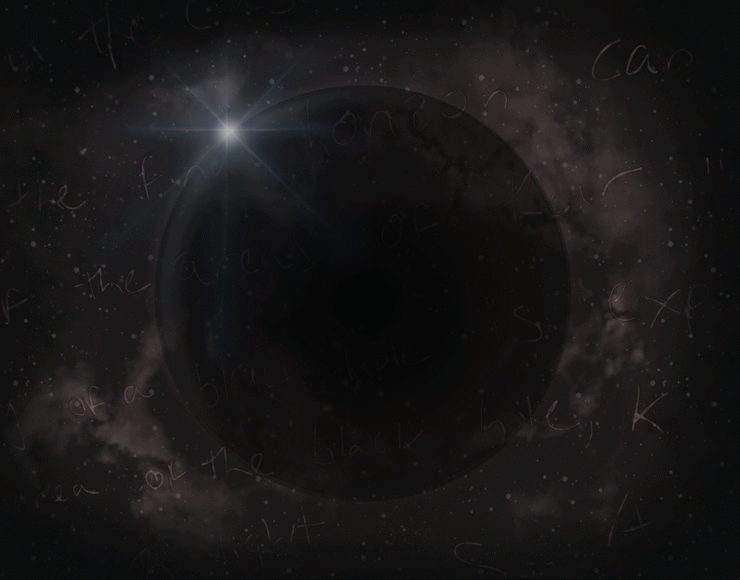
Watch video clips and extras from the documentary
Watch now
- Jump to the 1940s
- Jump to the 1950s
- Jump to the 1960s
- Jump to the 1970s
- Jump to the 1980s
- Jump to the 1990s
- Jump to the 2000s
- Jump to the 2010s